An enigmatic but unforgettable journey, “Agatha” is rich in allegory and uniquely sublime visuals, a harrowing mystery worth unraveling.
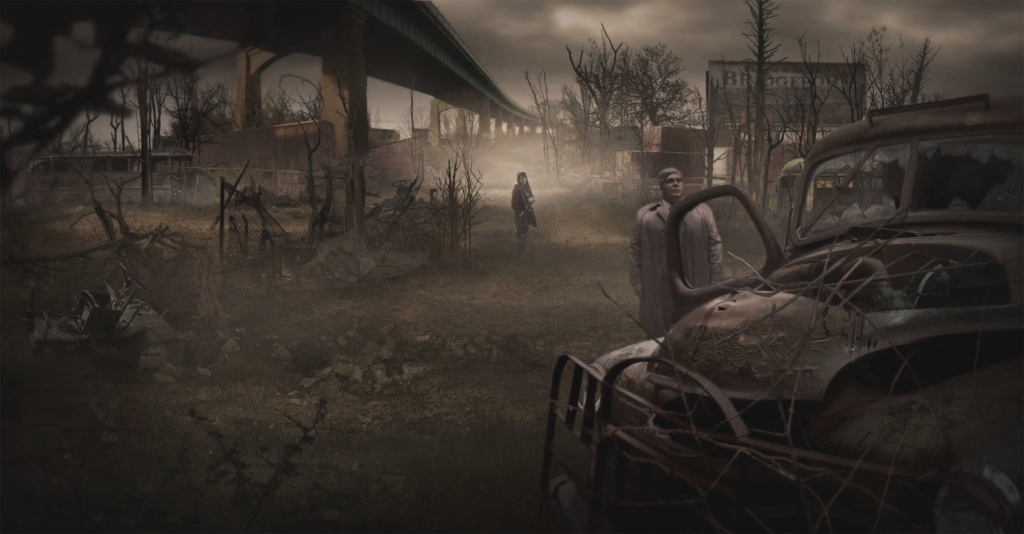
One of the reasons I jump at the chance to cover a film fest like Film Maudit 2.0 is the fest’s commitment to genuinely creative, visionary, and boundary-pushing cinema I would almost certainly not experience otherwise. These are the kind of films that often venture far off the beaten path and, therefore, don’t receive the kind of distribution, marketing, and viral word-of-mouth they deserve.
As someone who watches a significant number of films, I crave the thrill of being moved and surprised in some way by a film; it’s not easy to do.
The minute I saw a strange little film called Agatha in the festival’s lineup, I knew it was something special.
Created through a labor-intensive experimental film process that combines live-action with animation, this visually haunting film was made entirely in the filmmakers’ living room (using a green screen for the background animation) over a period of ten years.
The basic synopsis of the film is as follows:
A man known simply as “The Professor” suffers from a terminal disease and overwhelming depression. By a twist of fate, he witnesses an incredible event involving his mysterious neighbor Agatha. Hoping to find a cure to his sickness, he agrees to follow her on a strange and risky journey into a forgotten but not entirely deserted urban wasteland haunted by conspiracies and witchcraft.
Though its dreamy but unsettling visual style feels familiar in many ways, it’s also unlike anything I’ve ever seen.
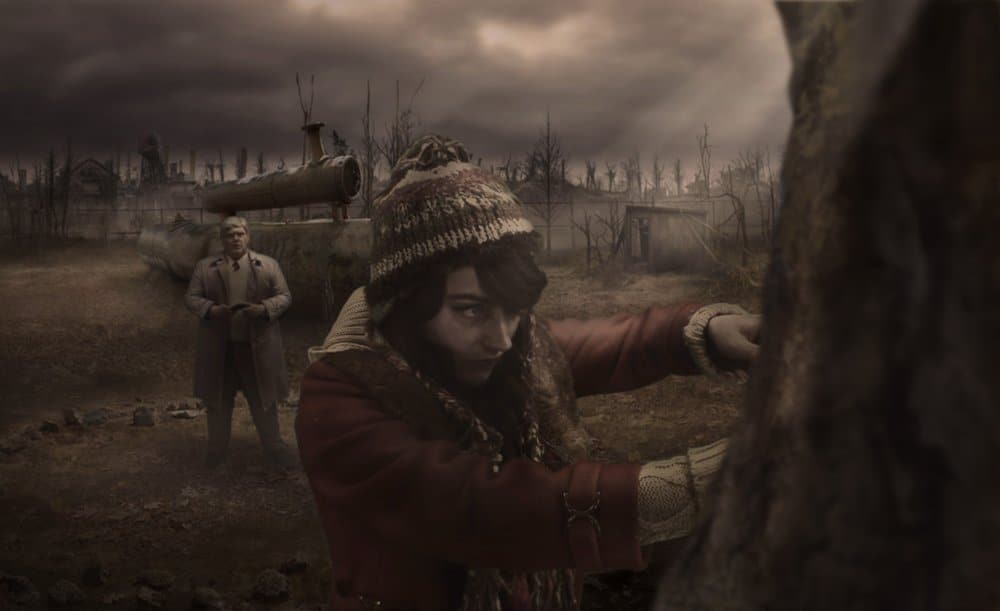
Agatha is the work of the filmmaking husband and wife team Roland Becerra and Kelly Bigelow Becerra. Together, they shared writing and directorial duties, with Roland, a visual artist, also providing the animation. The couple’s previous short film, Dear Beautiful, premiered at the Sundance film festival and is available to watch here on YouTube.
Agatha is painstakingly designed to look like a moving painting, a dark fairytale that is both beautiful and distressing.
With its stunning cinematography and sublime visuals, it evokes the look of video games and surreal photography. It immediately draws you into its dreadful dreamscape while enveloping you in an overwhelming sense of despair and darkness, aided by a perfectly discordant score from Jeremy Santiago-Horsman that keeps you in a state of constant unease.
The result is a highly rewarding but not particularly “fun” watch.
Much like a film I recently reviewed, Skinamarink, it’s a challenging film that requires patience and concentration to piece together its mystery. Unlike Skinamark, however, Agatha is a brief 60-minute journey, and that’s the perfect length for a film designed to create intentional distress and disorientation from the first frame. It asks much of its viewers and repays the favor by not overstaying its welcome.
Still, once I reached the finale — one that does provide satisfying if gut-wrenching answers — I was eager to rewatch it from the beginning.
Like an M. Night Shyamalan film at its best, once the puzzle is pieced together, it’s quite a treat to rewatch with fresh eyes and realize the brilliance of all those seemingly scattered and disconnected pieces that came before.
Agatha reminded me in some ways of the film Silent Hill with the effectively harrowing way it moves from the mundane to the horrific to convey a living nightmare.
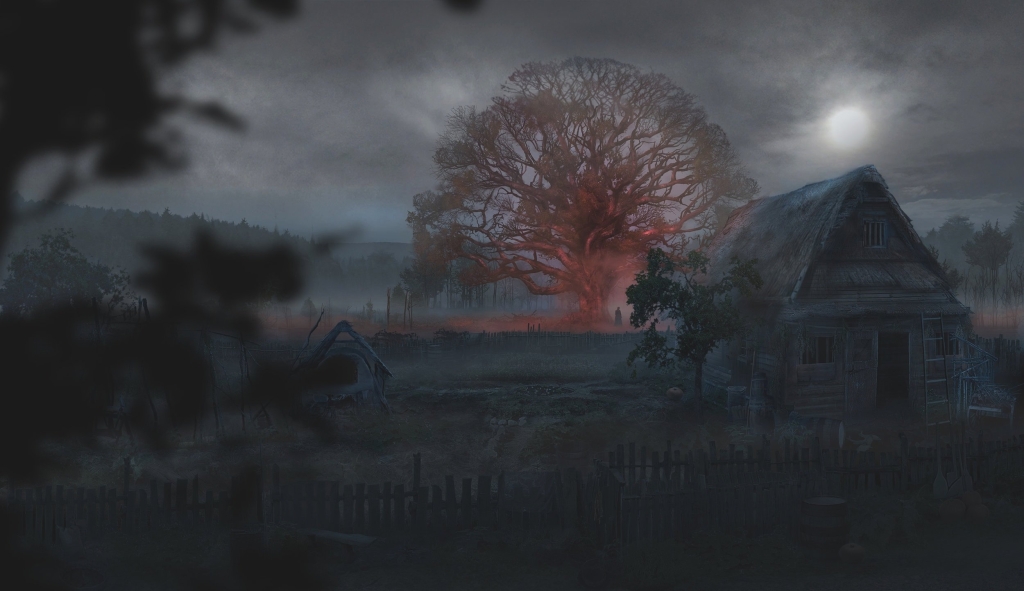
This is a town haunted by its past, its soil steeped in suffering.
It was inspired by the post-industrial town in Connecticut where Roland and Kelly resided. As they described in the film’s press materials:
“Here we are surrounded by a landscape of “brown fields” and forgotten neighborhoods — literally markers of the passing of time. This rundown wasteland was once the site of executions of “witches” by some of the early founders, which has served as the inspiration.”
This is a place shaped by the sins of its inhabitants, creating a nightmarish form of karmic justice that is both unforgiving and unyielding. As our lead character will soon discover, there is no escape from the omnipresent and ever-watchful eyes of the vengeful fates.
This film deals with dark and heady themes: grief, guilt, despair, desperation, and disintegration. It’s a harrowing journey, but it’s hard not to get lost in the moody and lushly atmospheric world that’s been created.
With almost non-existent dialogue and a non-linear narrative, it’s a film rich in allegory and layered meaning that requires active viewing.
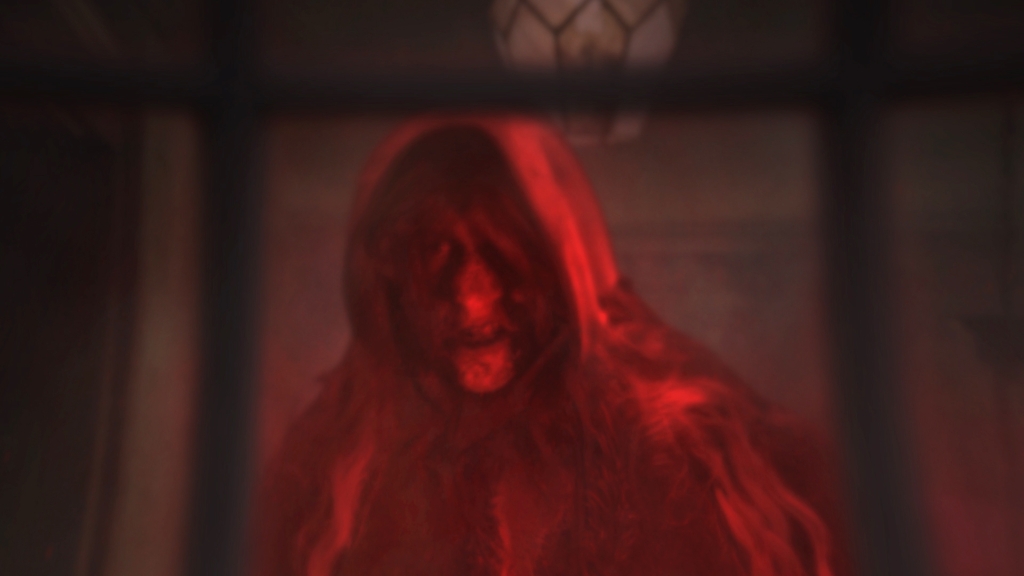
There’s remarkable attention to visual detail and storytelling that rewards patient viewers.
As described by the filmmakers:
AGATHA is designed to evoke an unsettling mood and to leave many unanswered questions about the events taking place inside the film, resulting in a suspenseful earth-shattering conclusion.
That description alone should help viewers pre-determine if this kind of viewing experience sounds enticing or offputting. It is both, depending on your penchant for thought-provoking, arthouse-style cinema. For the right audience, however, it’s absolutely sublime.
Those craving a unique and immersive cinematic experience are strongly encouraged to seek out this absolute gem of a film. It’s both macabre and magical.
At the time of this writing, you can watch Agatha for free via the Film Maudit 2.0 virtual catalog.


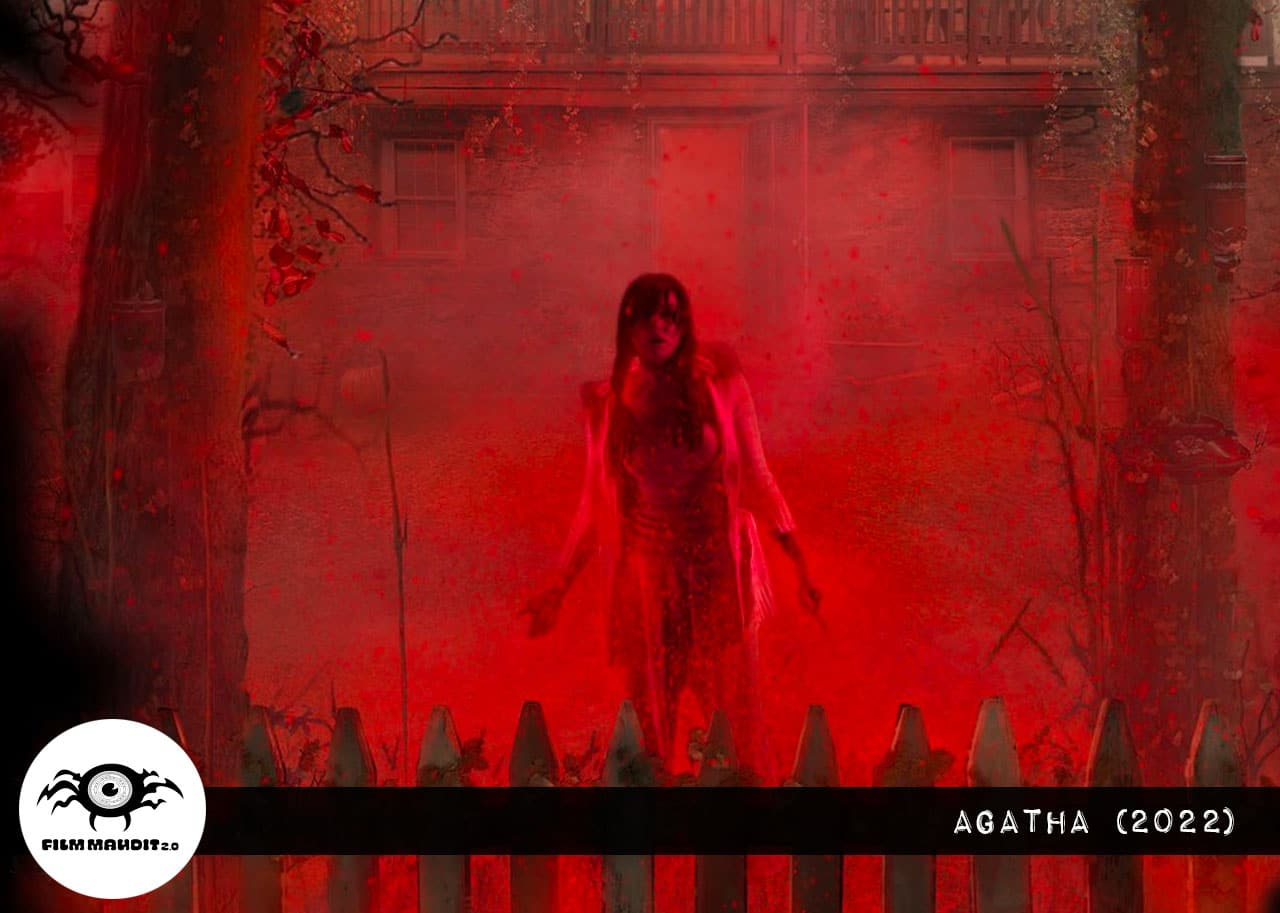
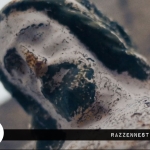

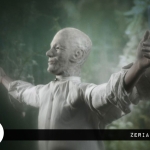









Follow Us!